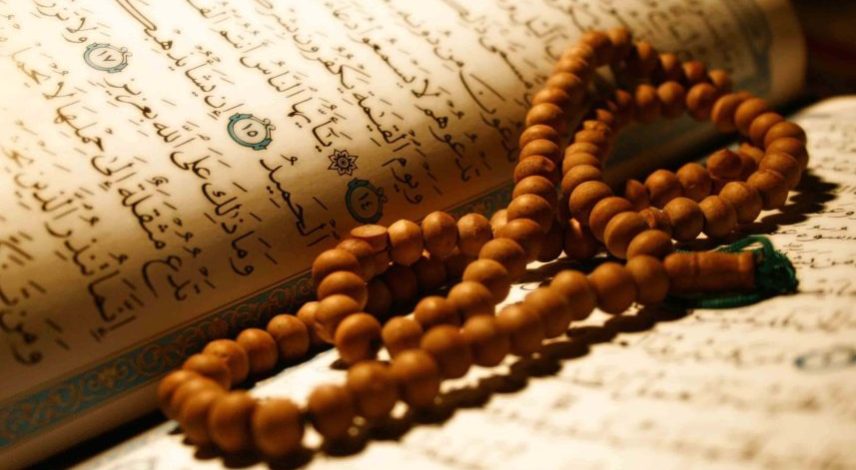
The History and Significance of the Rosary and its importance in Arab culture.
0 commentsThe Rosary, or tasbih as it is known in Arabic, is a significant tool in Islamic prayer and has a long history in Arab culture. The use of prayer beads can be traced back to the early days of Islam when Prophet Muhammad (peace be upon him) encouraged the use of prayer beads to count the recitation of the 99 names of Allah.
Over time, the use of prayer beads evolved into the tasbih, which typically consists of 99 or 33 beads and is used to count the recitation of different prayers and supplications. The tasbih is an important part of Islamic worship, and many Muslims carry one with them at all times to use for daily prayers.
In Arab culture, the tasbih has a deep spiritual significance and is often seen as a symbol of devotion and piety. The act of reciting prayers using the tasbih is believed to bring peace and tranquility to the soul, and it is often used as a form of meditation or mindfulness.
The use of the tasbih has also been adapted to fit various Islamic traditions. For example, in some Sufi orders, the tasbih is used to recite the names of Allah in a specific order, while in other traditions, it is used to recite specific prayers or verses from the Quran.
The tasbih has also been used in Arab culture as a means of expressing social and political identity. During the Arab Spring uprisings, for example, protestors could be seen holding tasbihs while reciting prayers for peace and freedom.
In conclusion, the tasbih is an important part of Arab culture and has a long and rich history in Islamic prayer. Its use is deeply rooted in tradition and spirituality, and it is seen as a symbol of devotion and piety. Whether used for personal meditation or as a means of social and political expression, the tasbih continues to play a significant role in Arab culture today.

